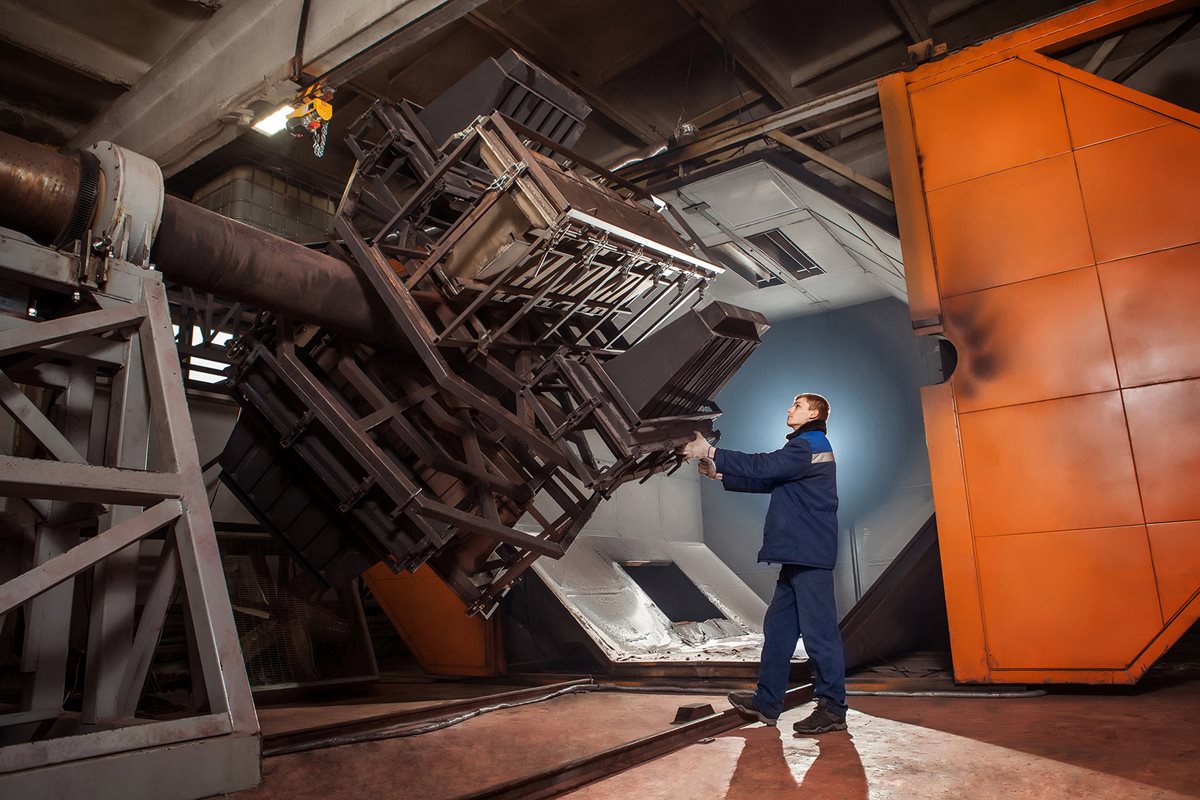Robotic Process Automation (RPA) is a transformation that involves the use of software programs to imitate human actions. Generally, RPA are systems or robots that interact with computer applications and accomplish rule-based tasks. Based on the data and predefined rules, these software robots can perform decision making and complex calculations. However, they may need typing, reading and clicking on the applications used to perform the given tasks.
RPA – A turning point for businesses
RPA is a critical starting point for organizations to implement a broader AI system. It is used to automate a variety of simple or complex tasks creating a digital workforce. Also, it increases the system efficiency by automating and performing the repetitive tasks quickly.
For enterprises, roles and tasks that were traditionally given to outsourcing models can now move in-house and be given to RPA bots. These tools can be a replacement of outsourcing. By automating the function, they can prove to be less expensive than employees, thus reducing labor costs. In addition, it increases the quality as human error is reduced.
Attended vs unattended bots
However, there is an interesting distinction in attended vs unattended automation suitable for different automation needs, such as front or back office activities.
An attended robot operates alongside a human on the same workstation to accomplish daily tasks, it is usually triggered by user events.
An unattended robot can work independently to automate any number of processes without involving a human in virtual environments. In addition, it is capable of remote monitoring, scheduling, execution and providing support for work queues.
In case of an attended bot, depending on the complexity or maturity of the process, you may only want to automate part of the process rather than all of it. This increases the visibility of what the bot is doing and allows flexible human decision making within steps of bulk automation. This is like each worker having their own robotic personal assistant.
Conversely, unattended bots are typically suitable for bulk operations that don’t need human involvement.
How people and bots work together
RPA bots are about improving productivity rather than replacing existing workers. They just don’t automate the routine tasks of a workplace, but they also create a symbiotic relationship between machines and people. Recent studies proved that the creative use of RPA to make processes and teams efficient helped in refocusing the workers’ attention towards tasks that required strategic thinking and high-level skills, thus resulting in improved overall performance and engaged workforce.
On one hand, where RPA handles the repetitive computing tasks, it is essential to focus on training the humans for the respective skills. This requires education of the workforce and change management of the process of bringing these bots on board. This initiative will help both sides in understanding the rationale and embrace the positive results.
Robots and workforce integration
The practicing staff can integrate with RPA robots in many ways. Many processes require both automation, such as rule-based and repetitive elements, and human input, such as approval, control and analysis. In such a process, people and RPA bots can work together efficiently by splitting the responsibility.
With the integration of RPA and workers, they can both focus on their individual strengths. For example, presentation and quality of information are critical in many scenarios. In financial investor reporting, human analysis is vital to scan investor accounts activity, while RPA can prepare the large number of reports resulting in flawless investor reporting.
MY attended bot
In an organization where RPA can be applied to processes used by many workers, it can also be used as a personal tool to increase productivity. In every day routine tasks, employees can identify many opportunities where they can take help from their personal bot assistant.
Rakesh Sangani, Proservartner CEO, says this is the way businesses should approach RPA:
He added, “This is MY attended bot”, i.e. the tasks and requirements of each bot will vary depending on the user within the organization. For some users, it might be doing sales order administration, while for others it could be a credit check on that new customer. For some it could be a couple of hours setting a bot up in a single day, which saves them many hours a week from then on.
For a business, it is not possible to solve all the automation needs completely; therefore, RPA access can serve as a personal tool to reduce tedious tasks, irrespective of the technical field or background. Furthermore, RPA bots can be monitored by a central server that promotes flexibility to deploy employees’ custom solutions, while maintaining a control over the bots being used.
It will help employees focus on the important tasks and assigning the uninteresting and time-consuming tasks to their attended bot. Thus, it bridges the gap between employees’ potential and organizational goals.
In the coming years, RPA bots and people will go hand in hand, making a huge impact and evolving the workforce to be more creative and analytical; a human presses a button, sets the bot going.
Further reading:
Access the latest business knowledge in IT
Get Access





Comments
Join the conversation...